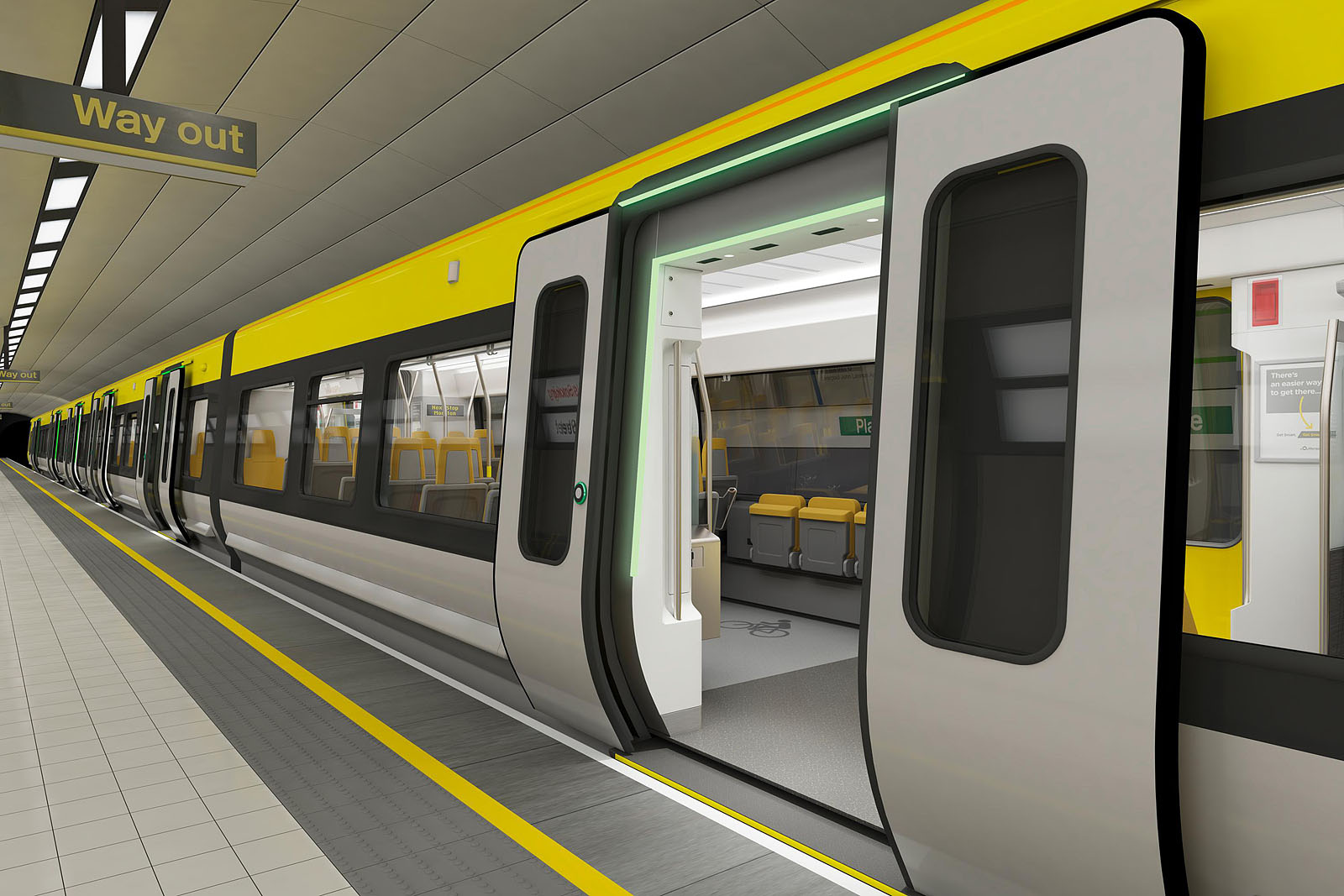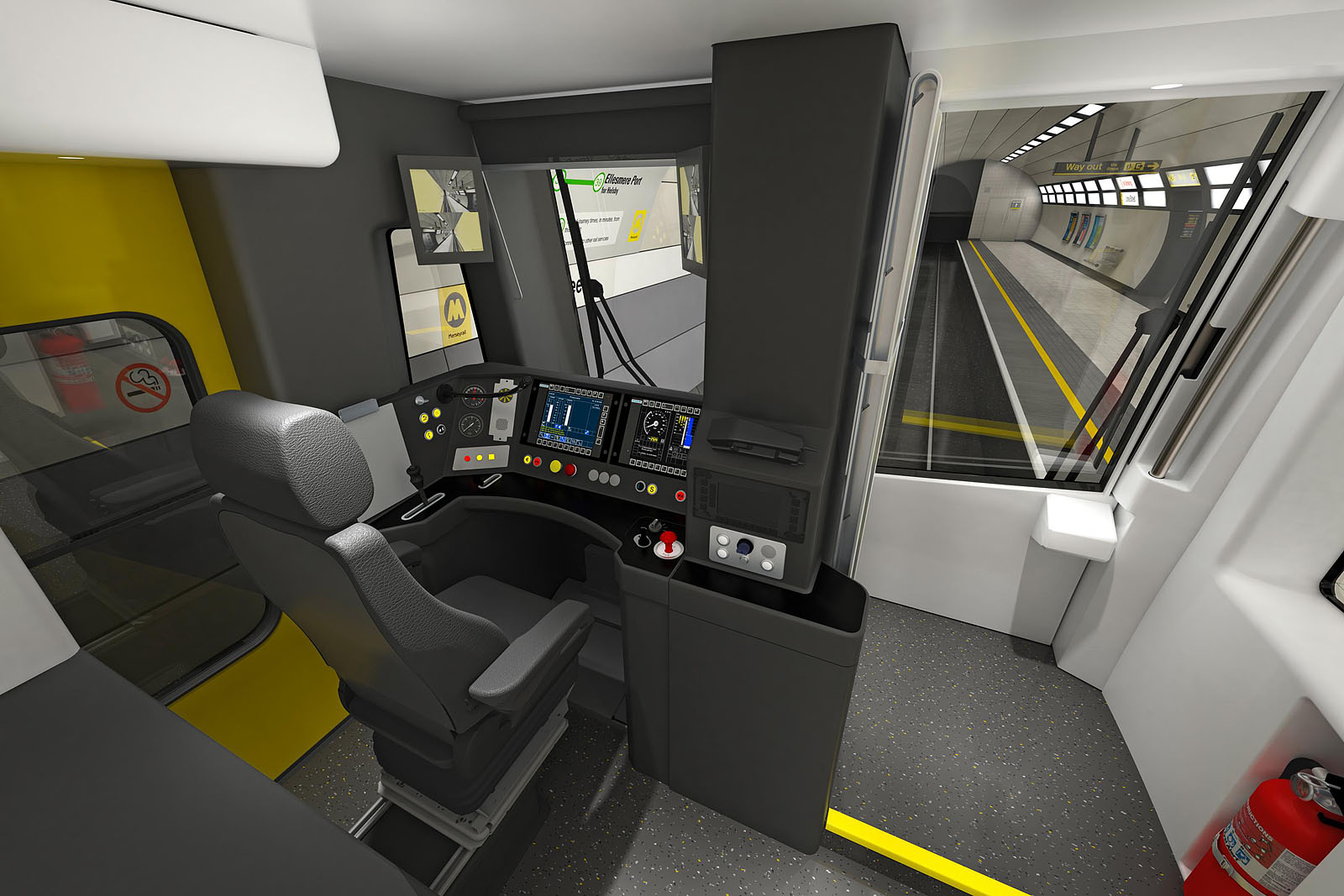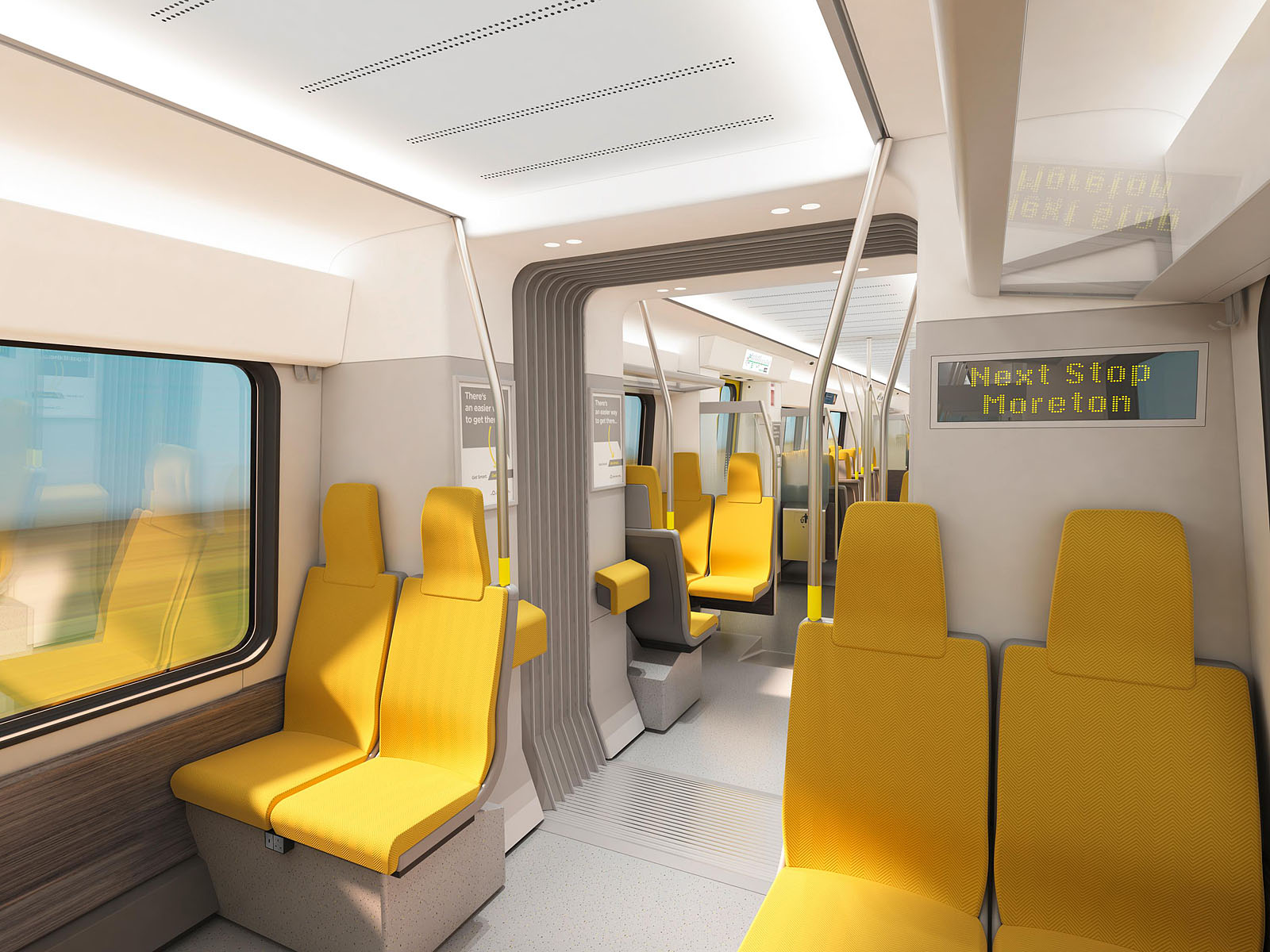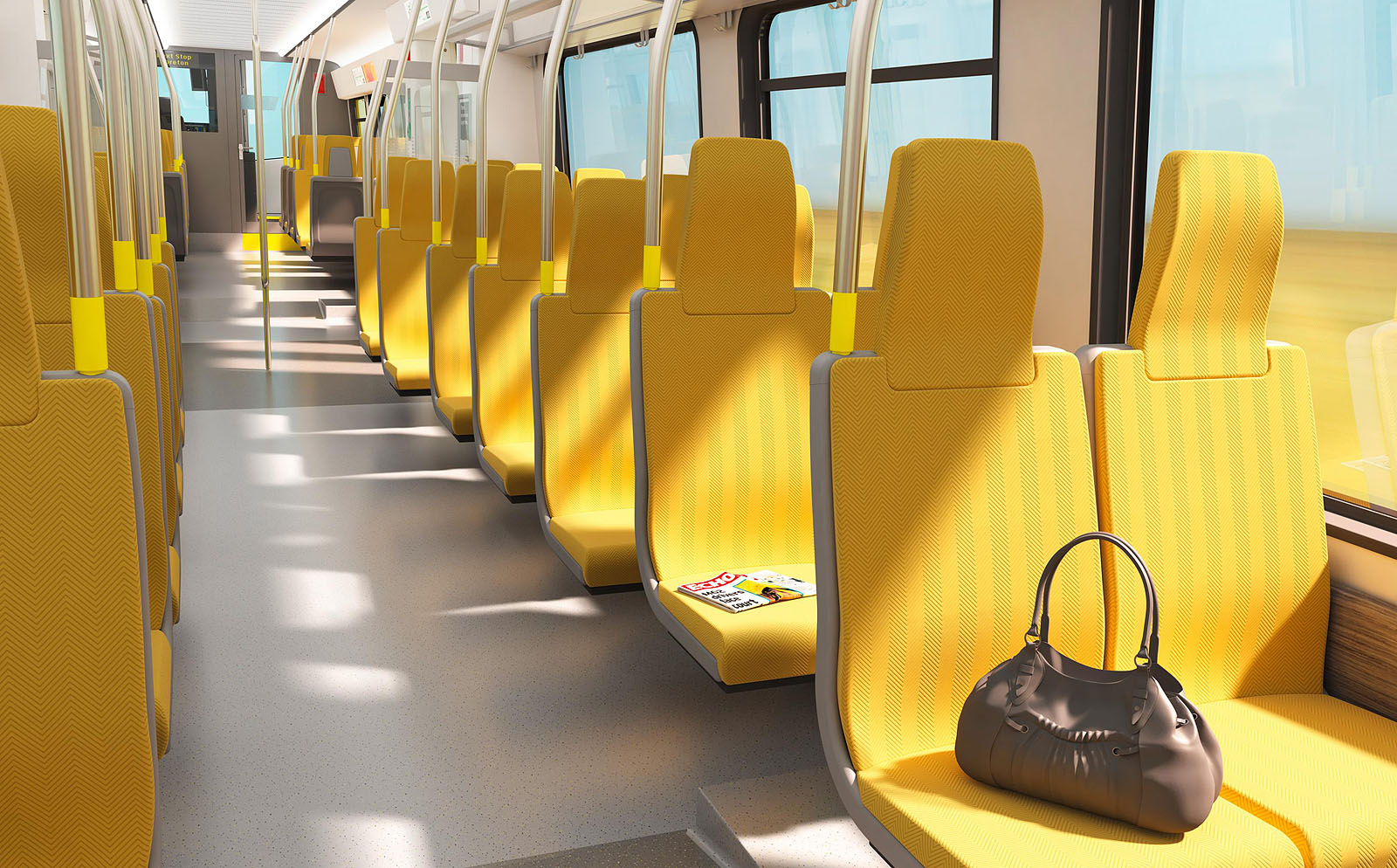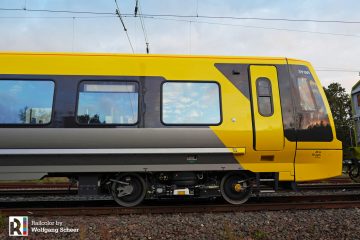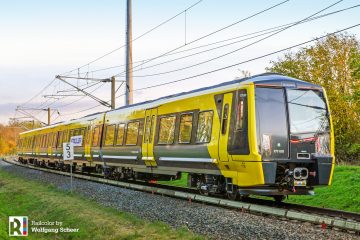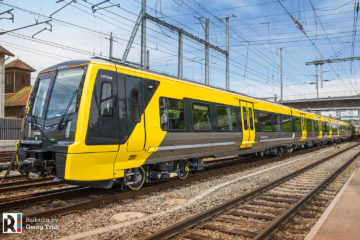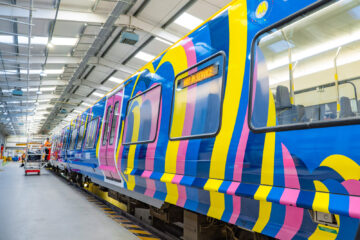
Stadler Rail is moving forward. It is expanding its product portfolio and entering new markets. 2016 is the year that Swiss-made trains became succesful in the United Kingdom. After the tubes for Glasgow and the all new FLIRT UK for the East Anglia franchise, now a third major contract has been awarded to Stadler: new trains for Merseyrail from Liverpool.
The official contract will be signed next year, but on 16.12.2016 it became clear that the Liverpool City Region leaders gave their green light to a 460 million pound project, that not includes the procurement of new rolling stock, but also will bring upgrades to power supplies, platforms and tracks, as well as refurbishment of the depots at Kirkdale and Birkenhead North and the ongoing maintenance of the trains, for which Stadler Rail will be responsible too.
Main characteristics:
- the first train will be built and delivered in summer 2019 for tests
- 4-car electric trains (750/850 V DC third rail) with an overall length of 65 meter
- 52 trains on order (7 fewer than class 507/508)
- They’ll weigh 90 tonnes each
- they’ll be able to carry 60% more passengers (486 vs 303) with the same number of seats
- They’ll use less energy – saving up to 20 per cent per journey
- include the capability for them to be converted to dual voltage operation in future
- Series delivery will start in 2020
The new trains will replace the near 40-year-old class 507/508 trains Merseyrail is currently using – the oldest trains in revenue service in the UK – on its urban network. The contract is currently being subjected to the final legal process. The Stadler Rail trains will bring great improvements for the traveller. Level-floor boarding, increased capacity (+60%), reduced journey times (-10%) and the capability to eventually run beyond the current Merseyrail boundaries to places like Skelmersdale, Wrexham and Warrington.
The trains, which will not result in any additional fare increases or council tax rises, will be publically owned by Merseytravel, meaning that they can be designed specifically to suit our network, with features local people have said they want to see.
Today’s approval by the Combined Authority marks the end of an extensive procurement process which formally began in October 2015 when the Merseytravel Committee gave permission for the project to go to tender after approving the business case for new trains, recognizing that it represented best value for money long term.
It took into account a number of factors including the increasing costs in maintaining a near 40-year-old fleet and the capacity pressures of a 2.5 per cent rise in passenger journeys every year.

Key features of the new trains:
- More space for bikes, buggies, disabled passengers and luggage; intelligent air conditioning; a bright, open and airy saloon, and a mix of seating types, keeping some of the ‘sociable’ facing seats,– all these points came out of a Transport Focus survey of local users in 2013.
- Easier to get on and off – the most common request in the Transport Focus survey. This will be achieved through reducing the ‘gap’ between the train and platform through: a train body configured specifically for our network; lower train floors; platform and track improvements and a ‘sliding step’ from the train – this combination gives almost ‘level access’ in a first for the UK.
- On-board safety – the train will be a ‘safe space’ forming one continuous space with no dividing doors; CCTV with images broadcast within the train saloon and to the driver and control room; a direct link to the driver and control room; the driver visible through a transparent cab door; on-board customer service staff, supplementing other on-board staff and staffed stations.
- Door safety – there will be traffic light system door illuminations indicating when it’s safe to get on and off; sensitive door edges that will detect ‘the pull’ from something as narrow as a tie or finger, stopping the train from moving or bringing it to a stop.
- Wider aisles, larger areas at the doorways and many more grab handles, making the train much easier to move around and safer for standing passengers.
Driver Controlled Operation (DCO)
The new trains will be operated differently, with the driver – assisted by cameras along the length of the train – responsible for the opening and closing of the doors and the dispatch, rather than the guard. This mode of operation, Driver Controlled Operation (DCO), was put forward by all bidders in meeting the recommendations of the Rail Accident Investigation Branch (RAIB) report into the fatal incident at James St in 2011.
While this method of dispatch doesn’t require a second person to operate the train, it is recognized that local people value on-board staff. As a result, new customer service roles, based in the train saloon will be created. It will mean staff are on hand to assist and advise passengers, targeted at key locations and times.
Loss of jobs
The arrival of new rolling stock is being criticized as it will eventually result in fewer people being employed on the trains. The customer service roles will be smaller in number than the current number of guards. The Merseytravel Committee put forward a motion for guaranteed continued employment for those guards who are currently permanently employed at Merseyrail and wish to remain so. Reductions in posts, required to make the project affordable, are expected to be accommodated through redeployment, voluntary redundancies and retirements over the next four years, until 2020, when the new trains are fully operational on the network.
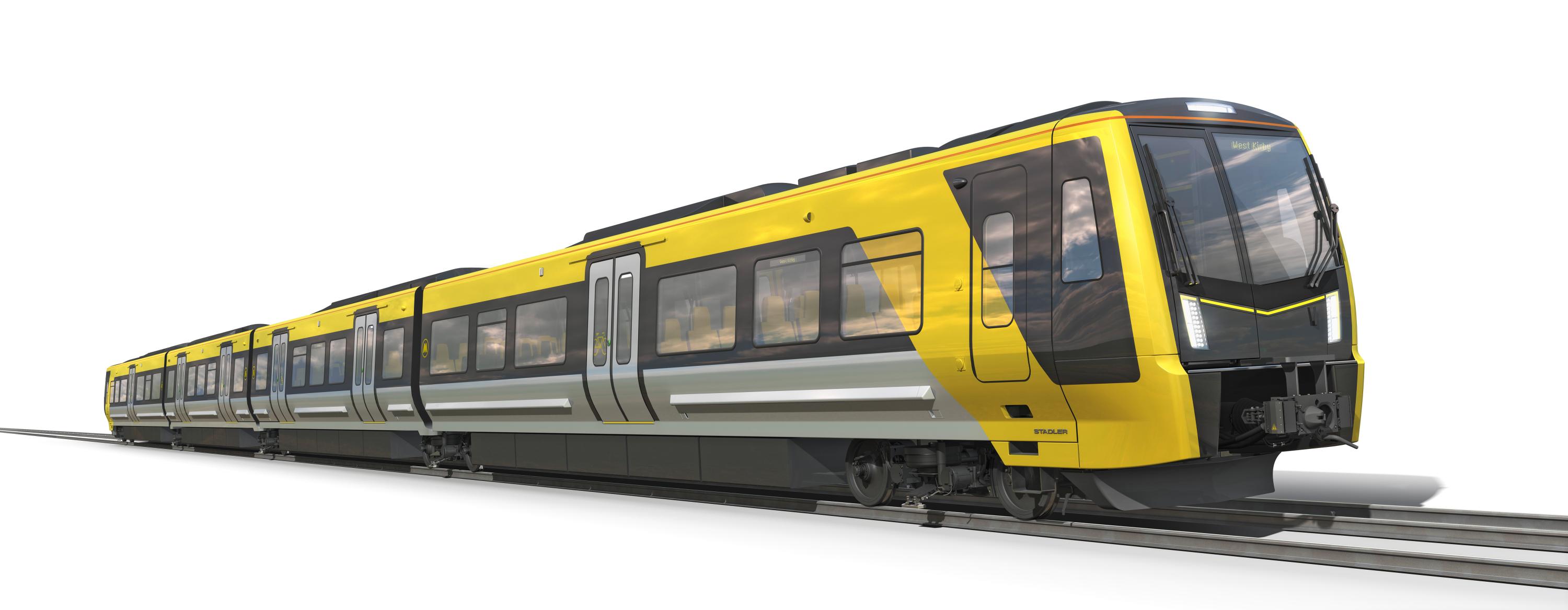
Update 26.01.2018: More images added:





